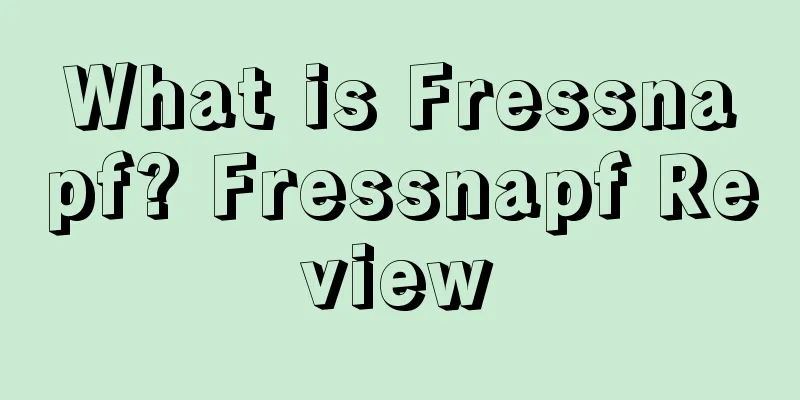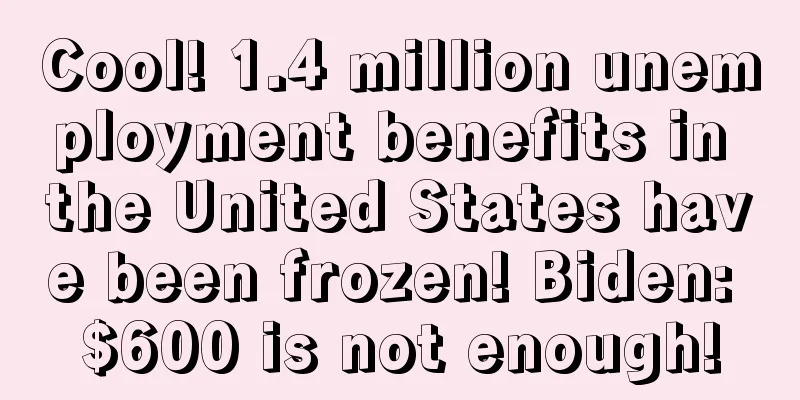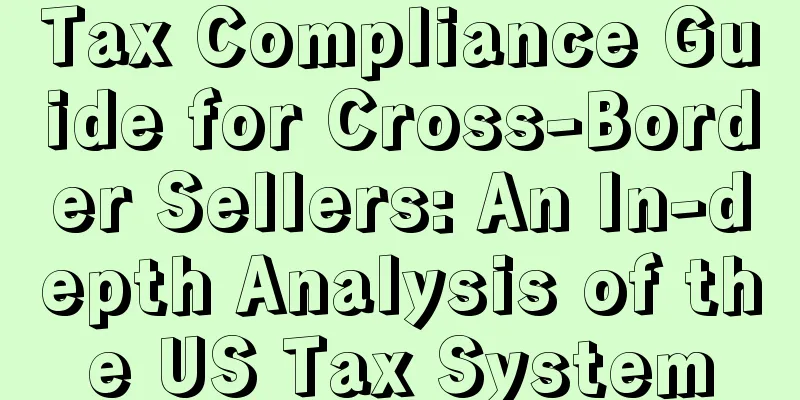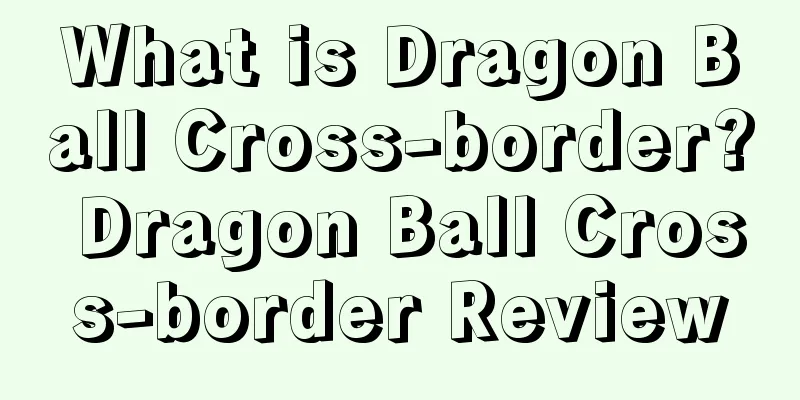What is the U.S. Patent Term? U.S. Patent Term Evaluation

|
The U.S. Patent and Trademark Office will adjust the patent protection period appropriately according to the delay of the Patent and Trademark Office or the inventor . Introduction According to the relevant provisions of the current US patent law, the validity period of patents that pay patent maintenance fees on time is as follows:
The US patent term policy was adjusted in 1995 to align US patent law with the Agreement on Trade-Related Aspects of Intellectual Property Rights (TRIPs) agreed upon by the World Trade Organization in the Uruguay Round. This adjustment also made submarine patents no longer viable because patent terms are now determined by the priority date rather than the grant date. The validity period of a design patent is shorter than that of an invention patent. For a design patent filed after May 13, 2015, the validity period is 15 years from the date of authorization; for a design patent filed before May 13, 2015, the validity period is 14 years from the date of authorization. Patent Type The United States Patent and Trademark Office (USPTO) issues the following three types of patents: invention patents, new design patents, and plant patents. Invention Patent Utility Patent: Utility patent is the most common and can bring the most benefits to the inventor. Only "functional" inventions can be applied for invention patents. Inventions that can be applied for include: process, machine, article of manufacture, composition of matter, among which the process can be a method or a new use of the above invention. The United States excludes nuclear materials and atomic energy used for weapons from the scope of protection of patent law. The scope of protection of invention patents is defined by the claims in the patent. As long as the competitor's product is within the scope of protection defined by the claims, even if the product is not exactly the same as the invention described in the patent content (the embodiment of the invention), it may still constitute infringement. Design Design patent: A design must be applied for in appearance. The scope of protection of a new design patent is mainly limited to the appearance of the object depicted in the patent. Since it is easy for opponents to circumvent the new design patent by changing the design, the scope of protection of the design patent is narrower than that of the invention patent. Plant Patents Plant patents (patent for plant): As a major agricultural country, the United States attaches great importance to inventions in the field of plants. It not only lists plant patents separately, but also makes many regulations specifically suitable for plant inventions in terms of application and protection. Article 25 of the Chinese Patent Law lists new plant varieties as those that cannot be protected by patents, but plant varieties are not excluded in the plant patents of the United States. The inventions and creations for applying for plant patents must be plants that have been cultivated through asexual reproduction or sexual reproduction and are novel and special. A single plant can only have one patent. The United States does not protect utility model patents, but this is not unique to the United States, as there are many patent offices in the world that do not protect utility models. References |
>>: What is Luxury Promise? Luxury Promise Review
Recommend
What is Kakaku? Kakaku Review
Kakaku (Japan Price Network) was established in 19...
"Tik Tok Recruitment" is actually a scam? Thousands of sellers were deceived by the 39,000 yuan entry fee!
▶ Video account attention cross-border navigation ...
Net profit increased 61 times in four years! Another new energy hot seller gets listing approval
It is learned that on July 27, the official websit...
What is Dingmai.com? Dingmai.com Review
Dingmai.com mainly provides high-quality cross-bor...
What is mymakeupbrushset? mymakeupbrushset review
mymakeupbrushset is a global brand that focuses on...
Los Angeles is under lockdown! Many problems with Christmas packages have caused consumer dissatisfaction!
01 Los Angeles citywide lockdown The mayor of Los...
What is USPS? USPS Review
The United States Postal Service (USPS), also know...
Shopify in talks to acquire tech startup Deliverr as it seeks logistics expansion
<span data-shimo-docs="[[20,"获悉,据外媒报道,Shop...
The total trade volume of the United States in 2021 is 4.59 trillion US dollars! A year-on-year increase of 21.96%!
<span data-shimo-docs="[[20,"获悉,根据美国人口普查局发...
Black Friday and Cyber Monday are coming. How to prepare for Amazon's peak sales season?
After Amazon Prime, sales were really bleak until ...
Semi-hosting is becoming popular, interpretation of the cross-border e-commerce market in the first half of 2024!
▲ Scan the QR code and reply “ 2024H1 ” to get the...
What is Jijia Logistics? Jijia Logistics Review
Qianhai Jizhijia Logistics (Shenzhen) Co., Ltd. wa...
What are Amazon headline search ads? Amazon headline search ads review
Amazon Headline search ads are a high-impact adver...
How do Amazon sellers promote their products outside of their website on Facebook?
What to do if there are no orders for a new listi...
What is sender? sender review
Sender is a UK-based email marketing tool. Nature ...









